
Mr. Nguyen Ngoc Dung, Chairman of the Scientific Council, Vietnam Yoga Academy, instructs practice - HA LINH
Everyone breathes, but what is the correct way to breathe?
Currently, people who study traditional sports: yoga, martial arts, aikido, qigong, health care... are taught how to breathe again, but some people understand that the usual breathing of inhaling with the stomach in and exhaling with the stomach out is not correct, but must do the opposite.
Mr. Nguyen Ngoc Dung, Chairman of the Scientific Council, Vietnam Yoga Academy, said that in reality and in sports there are two ways of breathing: chest breathing and abdominal breathing.
Modern sports advocate chest breathing, when inhaling air the chest expands. This breathing method helps people use strong muscle force, but always creates nervous and muscular tension, causing fatigue and loss of strength.
Gymnastics, yoga, martial arts, aikido, qigong, health care... advocate abdominal breathing, which means inhaling to expand the abdomen and exhaling to contract the abdomen (the dantian, the sea of qi) to create a deep inner strength, a calm mind, and regulated breathing.
If analyzed in terms of health preservation, abdominal breathing is superior because when we inhale deeply and bring air down to the abdomen, the alveoli in the chest are filled at the bottom 1/3 of the lungs, which normal chest breathing does not lead to, increasing the air capacity (also known as breathing capacity).
On the other hand, when the abdominal fontanel expands and lowers the diaphragm, it will create an internal massage, making the internal organs move, avoiding fat accumulation and stagnation of Qi.
There are usually 3 main abdominal breathing methods: 2-phase breathing (inhale and exhale continuously without stopping or squeezing between 2 phases); 3-phase breathing has 2 ways: inhale - compress air - exhale and inhale - exhale - compress air; 4-phase breathing: inhale - compress air - exhale - compress air.
According to Mr. Dung, breathing methods are all good but need to be analyzed and selected to suit the health condition, constitution, purpose, and ability of the practitioner.
If a person is healthy and has no dangerous diseases, they can choose any type of breathing exercise, but for people with cardiovascular disease, high or low blood pressure, circulatory insufficiency, cerebral anemia, nervous breakdown, physical weakness... they should only choose the 2-phase breathing method and the 3-phase breathing method type a (inhale - compress air - exhale), ensuring effectiveness and safety.
As for breathing methods 3b and 4, we need to be very careful because when we breathe deeply, the body is under pressure in a state of anaerobic (lack of air) and is easily damaged and prone to accidents (like a flat bicycle tire that still tries to ride and carries heavy loads, easily damaging the bike, the rim...).
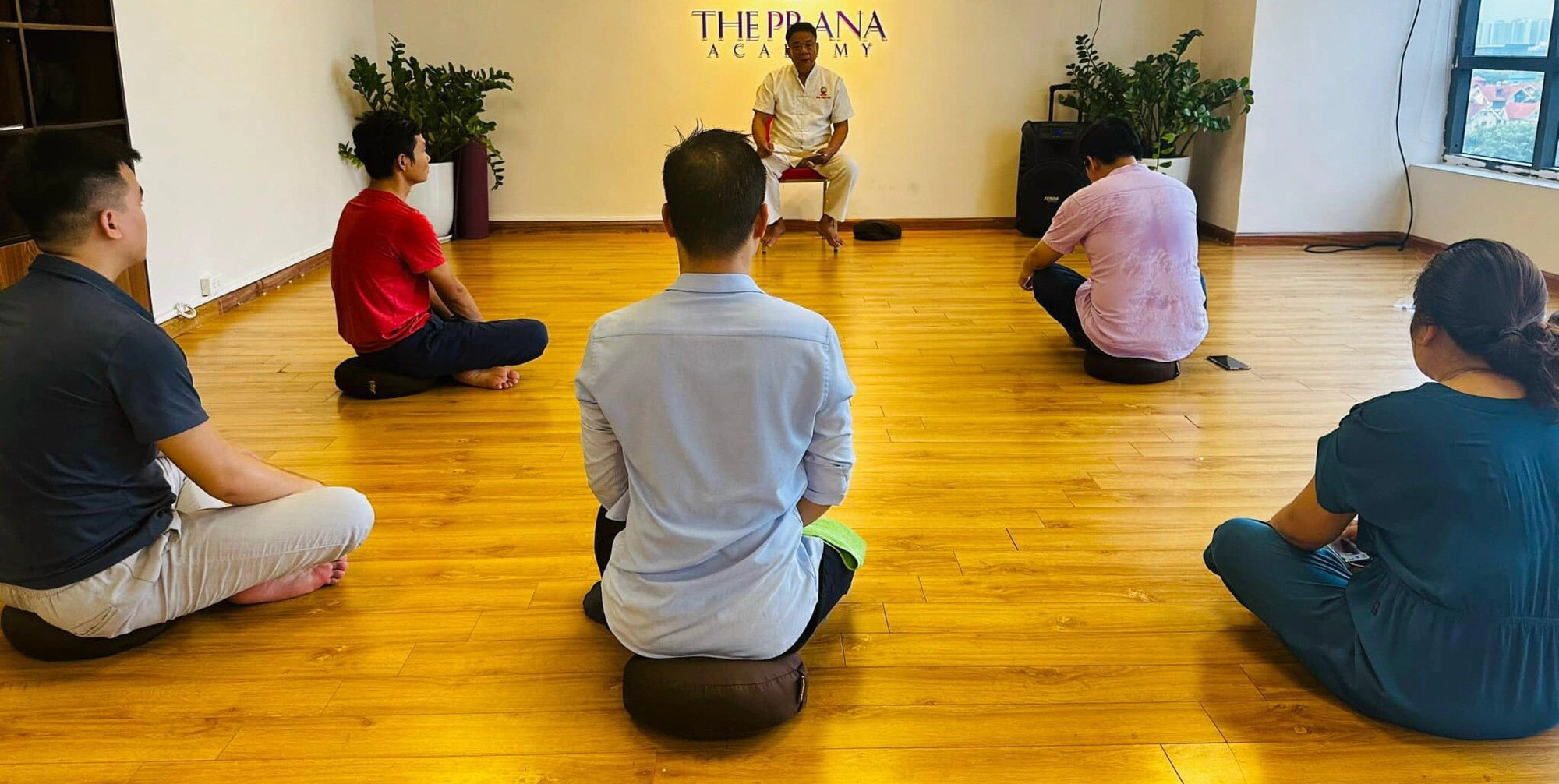
Meditation and breathing exercises to collect energy are good for health - Illustration photo
Understanding the correct breathing methods brings health
Doctor Nguyen Van Thang, head of the Thang Long martial arts sect, said that in the innate qigong method of the Tibetan One-Element Qigong, there are a number of breathing methods to readjust the body's energy system, to readjust the internal meridian system and the force centers in the body, helping the body readjust the internal environment and endocrine systems...
This ensures the normal functioning of the body's functions. Maintains the three flows of vital energy: qi, blood and internal fluids. Through these breathing methods, the qi of the five internal organs will return to the center.
1- First Qi Pill: When breathing, you need to direct your mind to the dantian (lower abdominal cavity) which belongs to the sea of air (air tank), making the dantian work naturally. The pressure at the dantian increases and the heat will make the mind calm, the head cool, and the kidneys warm.
2 - Mingmen Qi Method (activating the energy of the Mingmen): After the dantian breathing, make the dantian work naturally, then breathe the Mingmen, when inhaling, be aware of the dantian to gather the energy, when exhaling, focus on the Mingmen to transfer the energy. This stage is to clear the Du channel.
3 - Huiyin Qi Method (activating energy at the perineum - the center of force between the genitals and the anus): When inhaling, the mind is aware of the dantian to gather energy. When exhaling, direct the mind to the perineum to transfer energy.
4 - Breathing method 4 - Activate the lower abdominal cavity to regulate the kidneys. This method is to rotate the lower abdominal cavity (lower abdominal cavity) in a circle from front to back. Thus, nauli breathing (a movement in yoga) is method 4.
5 - Opening the heavenly circuit : This method uses reverse breathing, when inhaling, pull in the abdomen, when exhaling, the air from the top of the brain follows the Ren meridian in front of the abdomen down to the dantian.
6 - Whole body dantian breathing: When inhaling, be aware of the dantian to gather energy. When exhaling, relax the whole body and feel the energy spreading.
When practicing breathing, you need to listen to your body. If you feel difficulty breathing, chest tightness, nausea, etc., stop. The exercise needs to be appropriate for you and it is best to be guided by an expert to ensure effectiveness and safety, avoiding unfortunate accidents.
When using intentional effort and participating in energy, do not go overboard, if you exceed the threshold and cannot control the energy, the energy will rise to the brain, causing stress on the brain, high blood pressure, cardiovascular disorders, central nervous system disorders and emotional disorders.
Source: https://tuoitre.vn/cac-phuong-phap-tho-tot-cho-suc-khoe-2024101107583005.htm



![[Photo] Summary of parade practice in preparation for the April 30th celebration](https://vstatic.vietnam.vn/vietnam/resource/IMAGE/2025/4/11/78cfee0f2cc045b387ff1a4362b5950f)
![[Photo] Looking back at the impressive moments of the Vietnamese rescue team in Myanmar](https://vstatic.vietnam.vn/vietnam/resource/IMAGE/2025/4/11/5623ca902a934e19b604c718265249d0)
![[Photo] Phuc Tho mulberry season – Sweet fruit from green agriculture](https://vstatic.vietnam.vn/vietnam/resource/IMAGE/2025/4/10/1710a51d63c84a5a92de1b9b4caaf3e5)


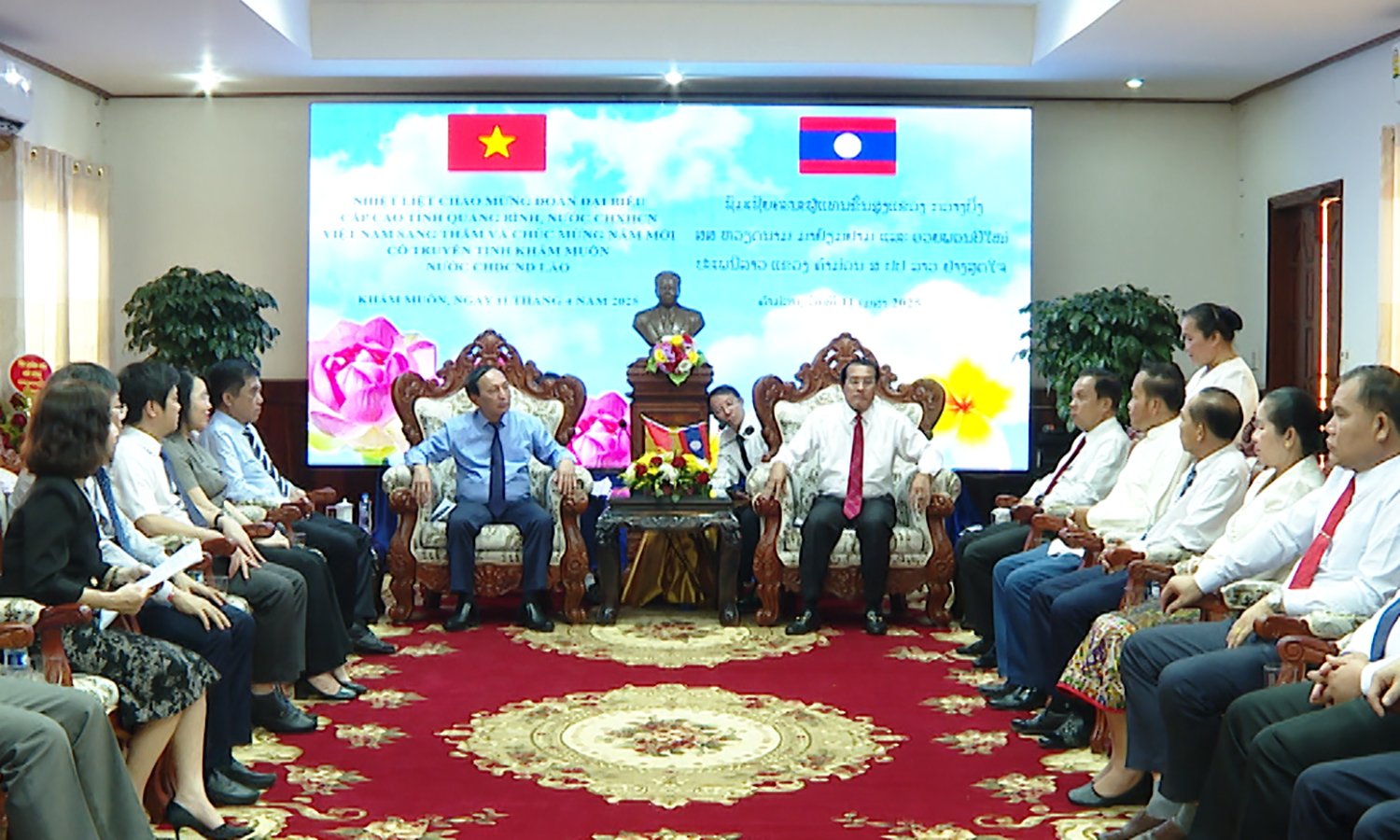

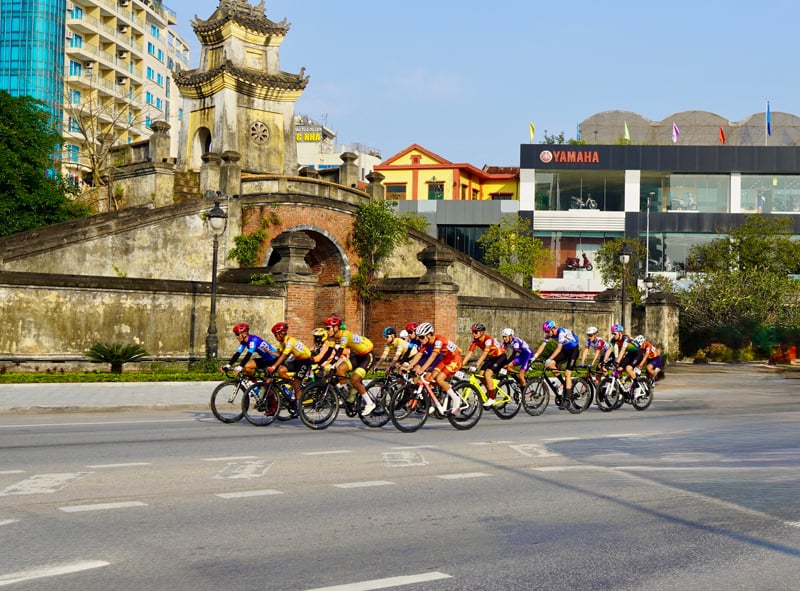



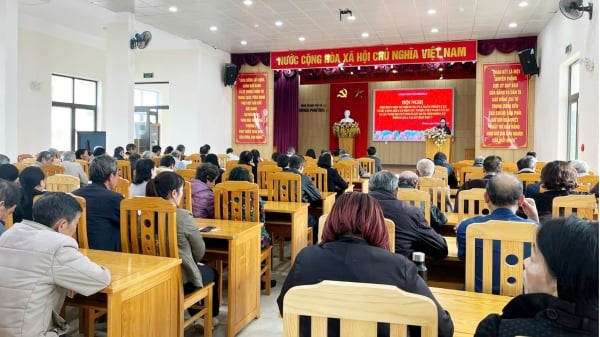

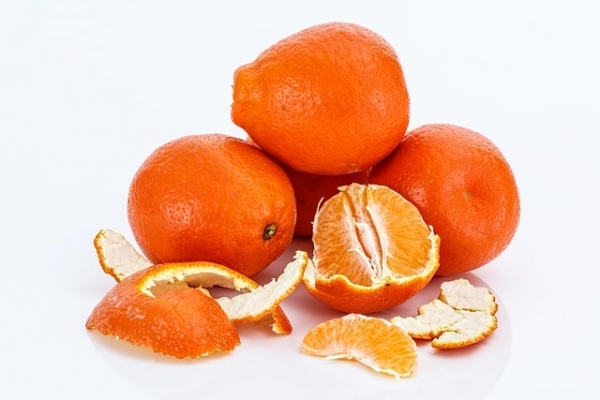
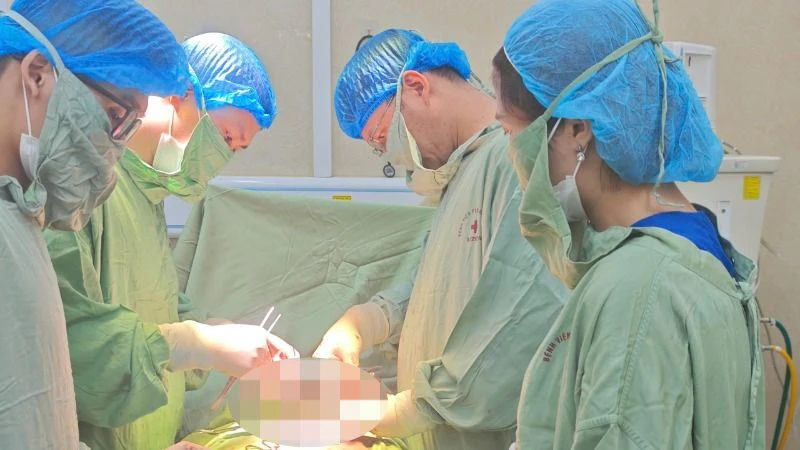
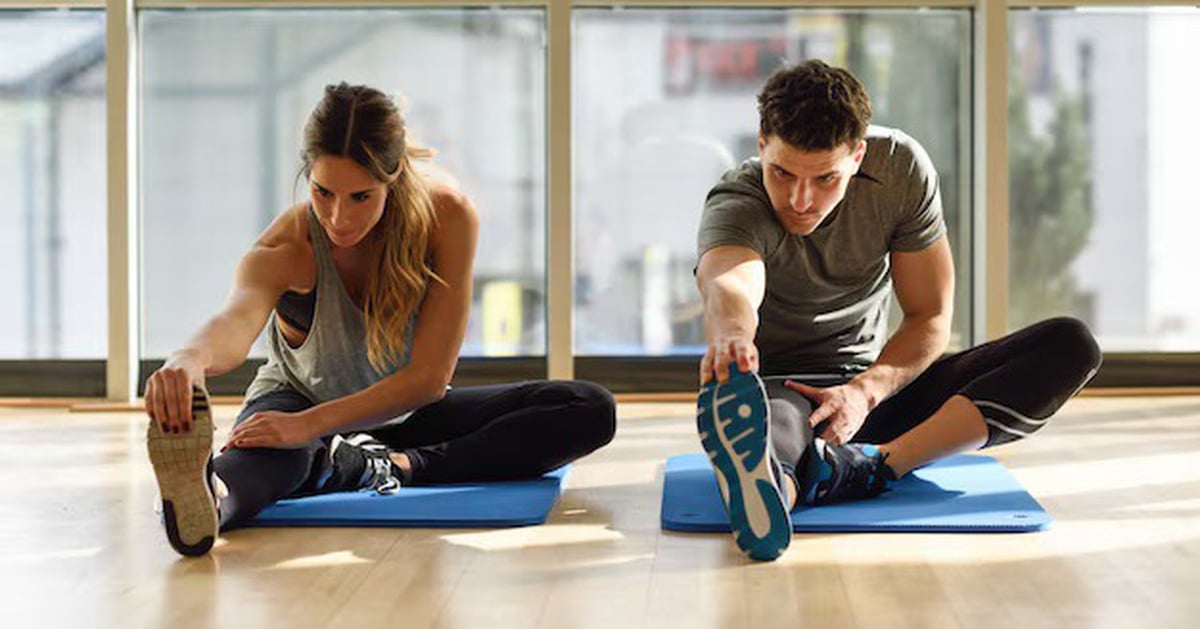






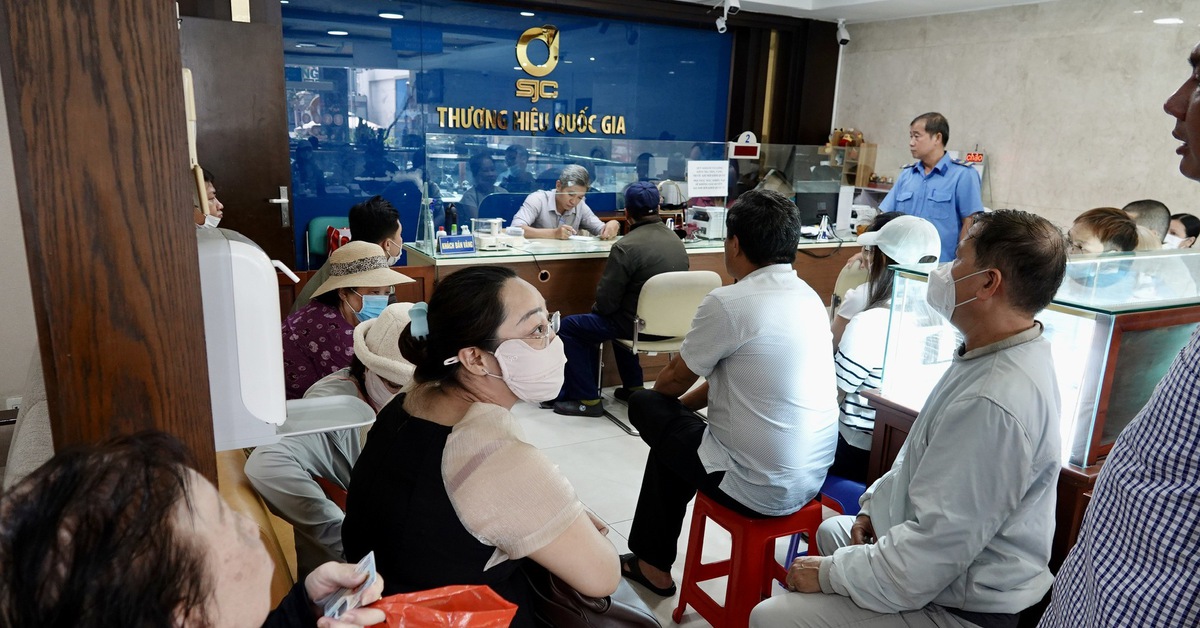
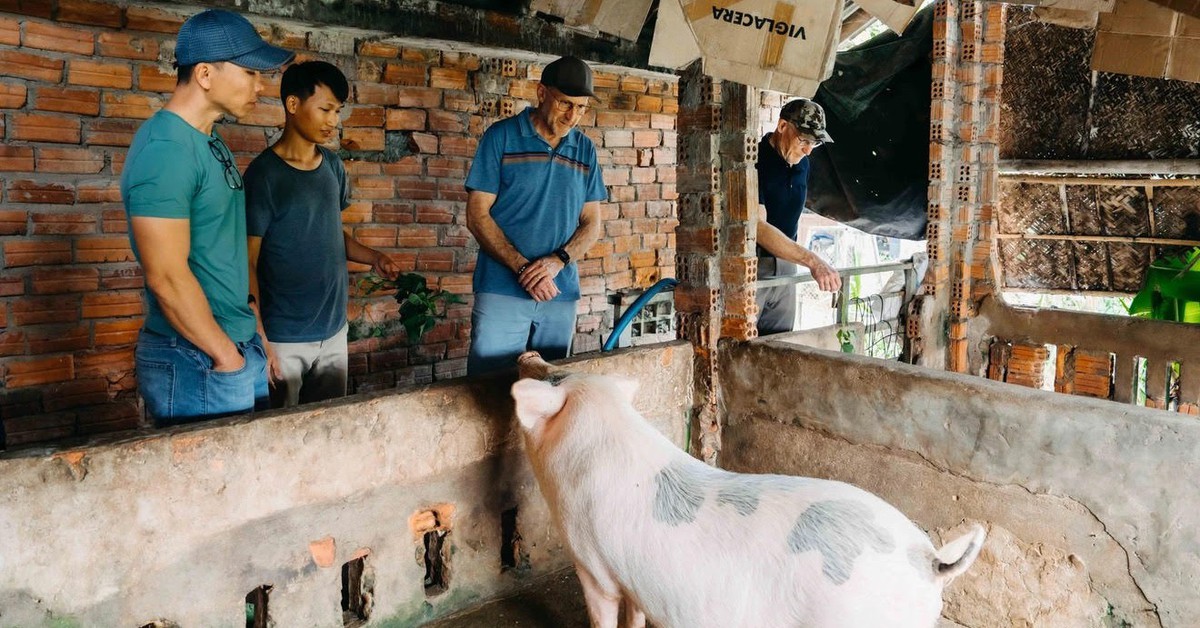

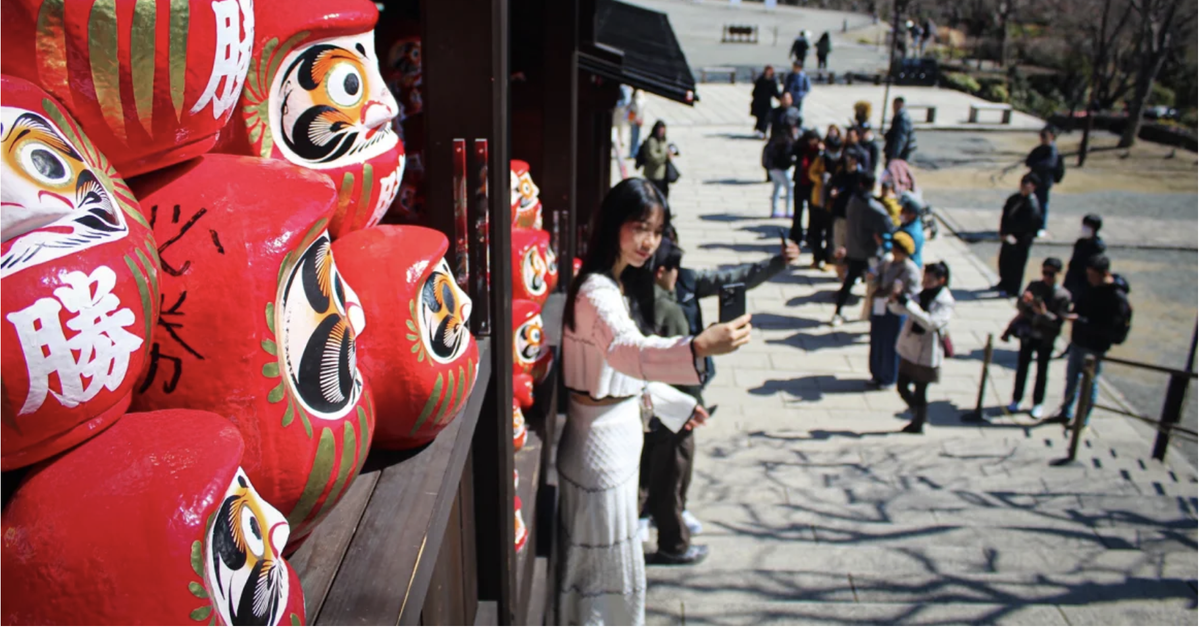


![[Photo] Prime Minister Pham Minh Chinh chairs meeting to discuss tax solutions for Vietnam's import and export goods](https://vstatic.vietnam.vn/vietnam/resource/IMAGE/2025/4/10/19b9ed81ca2940b79fb8a0b9ccef539a)





























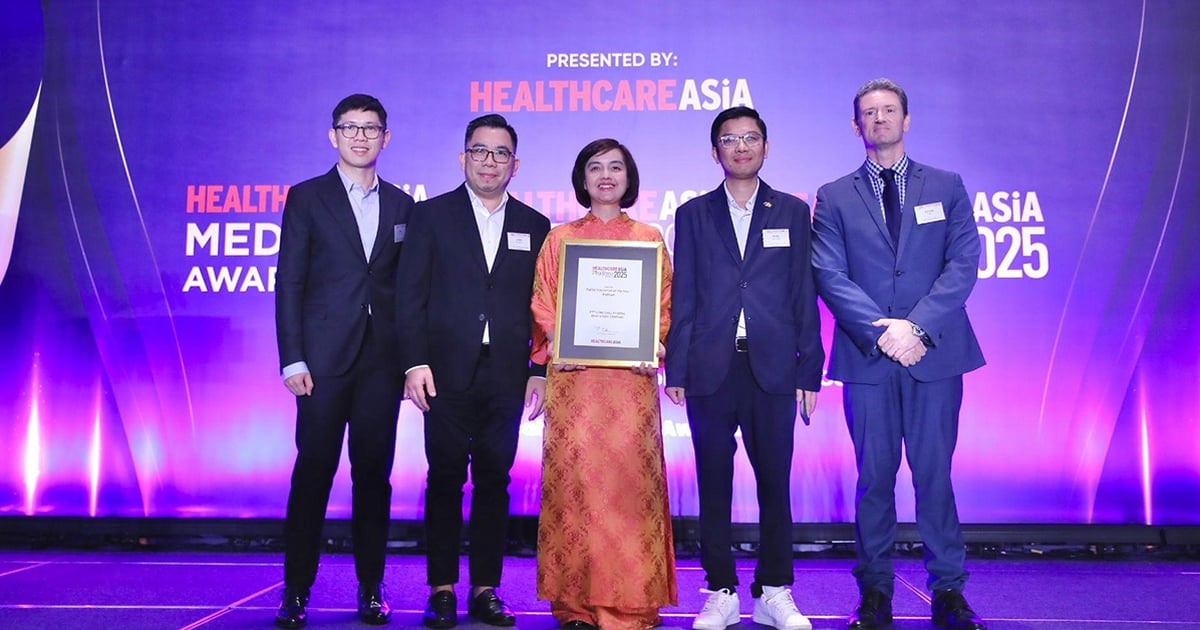









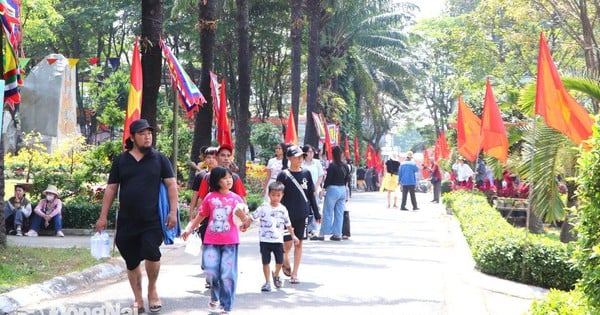





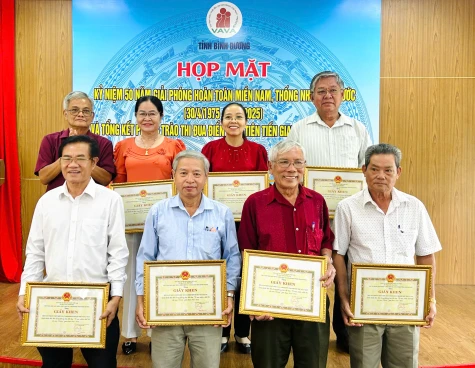



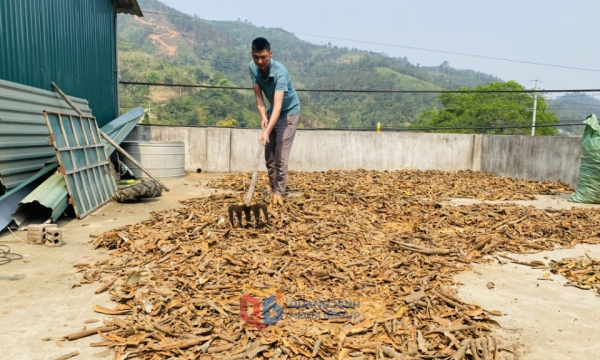


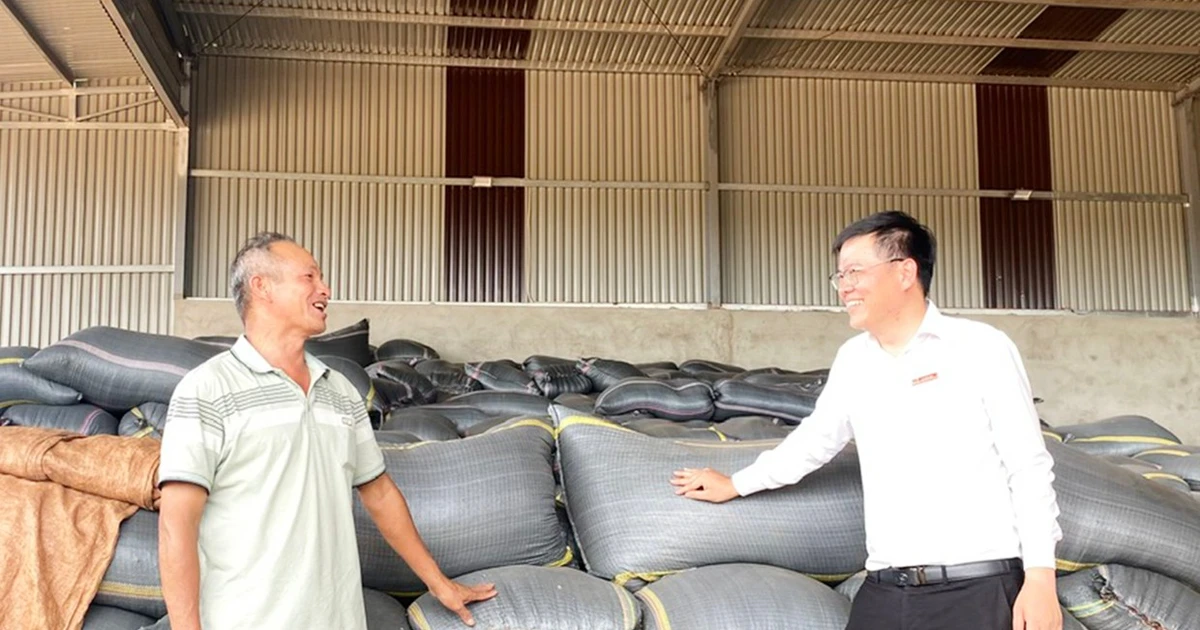

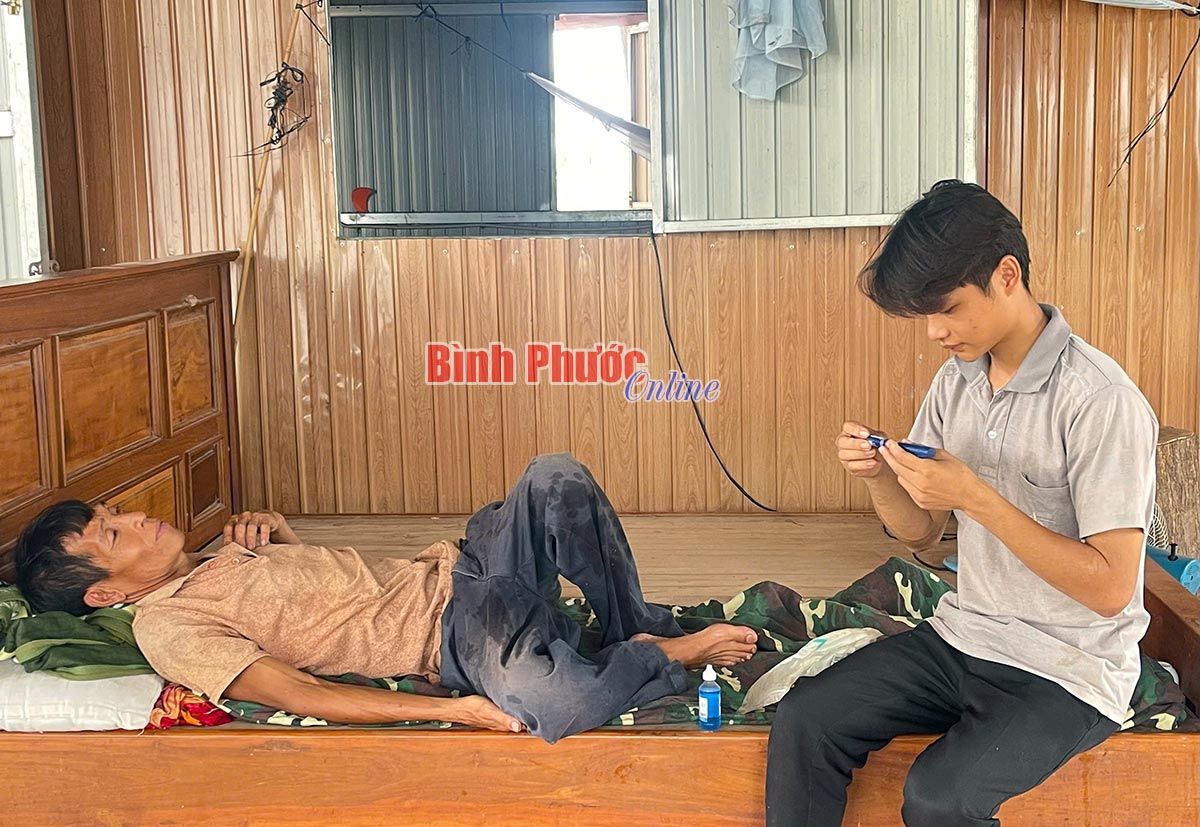










Comment (0)